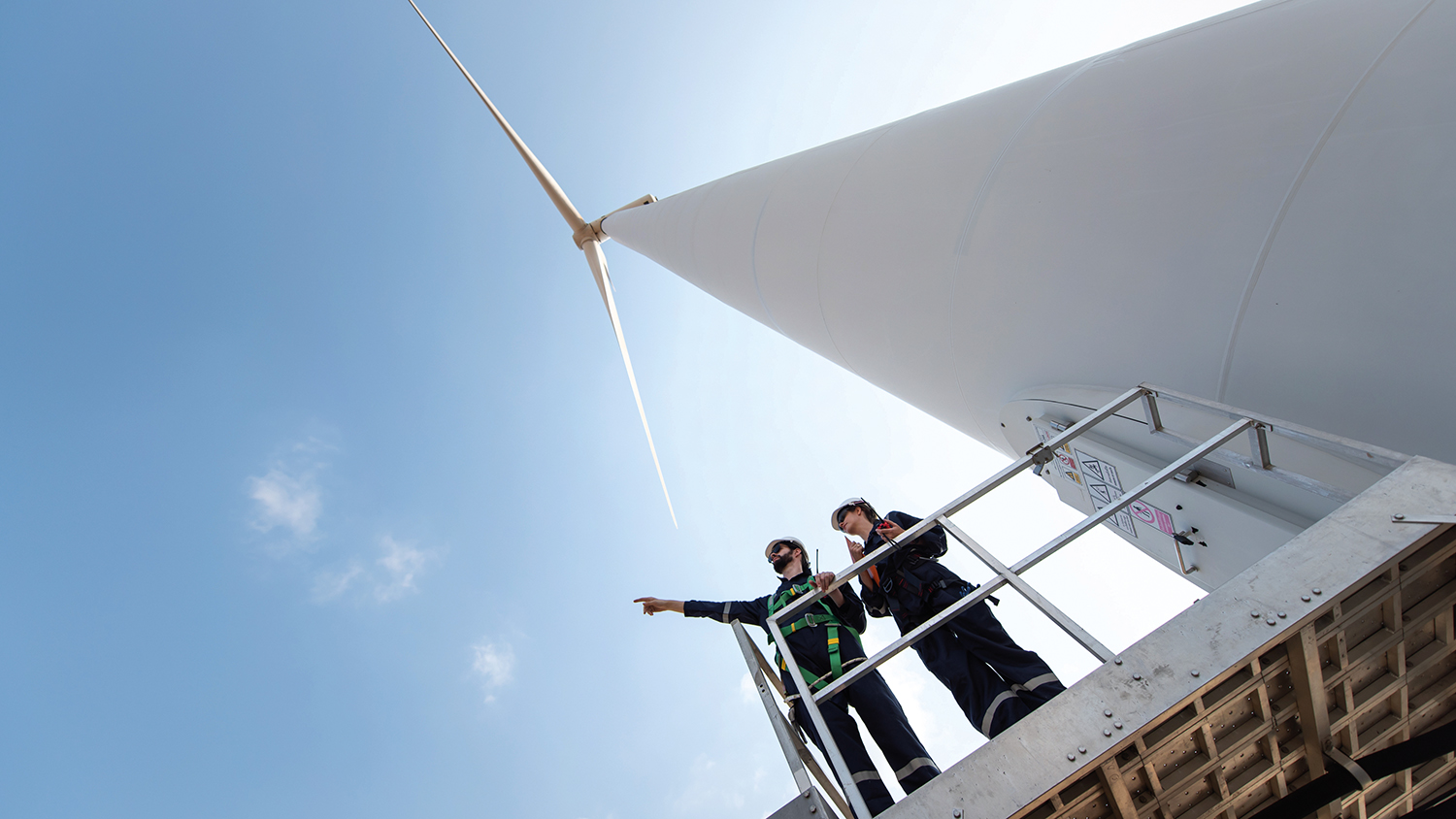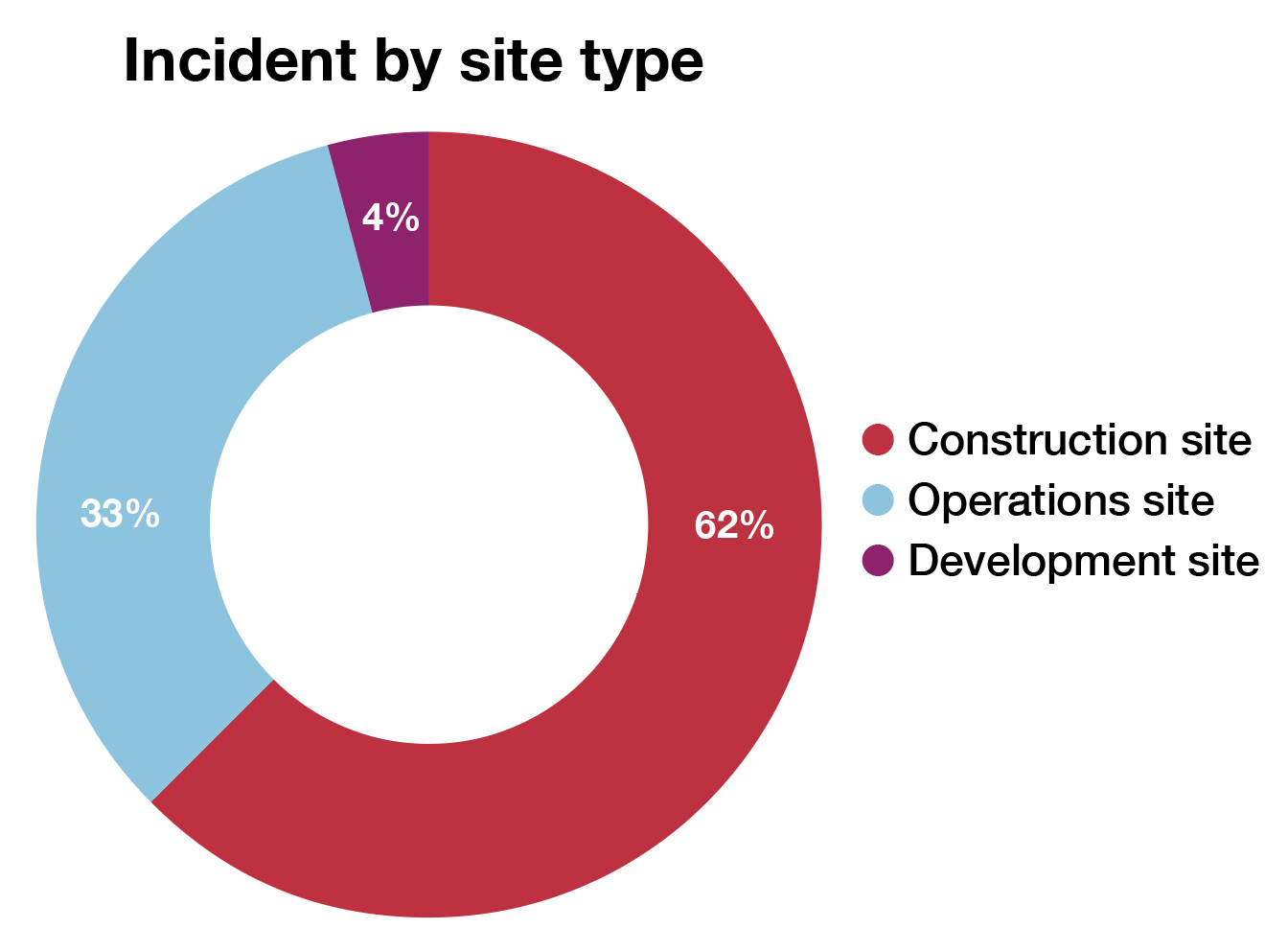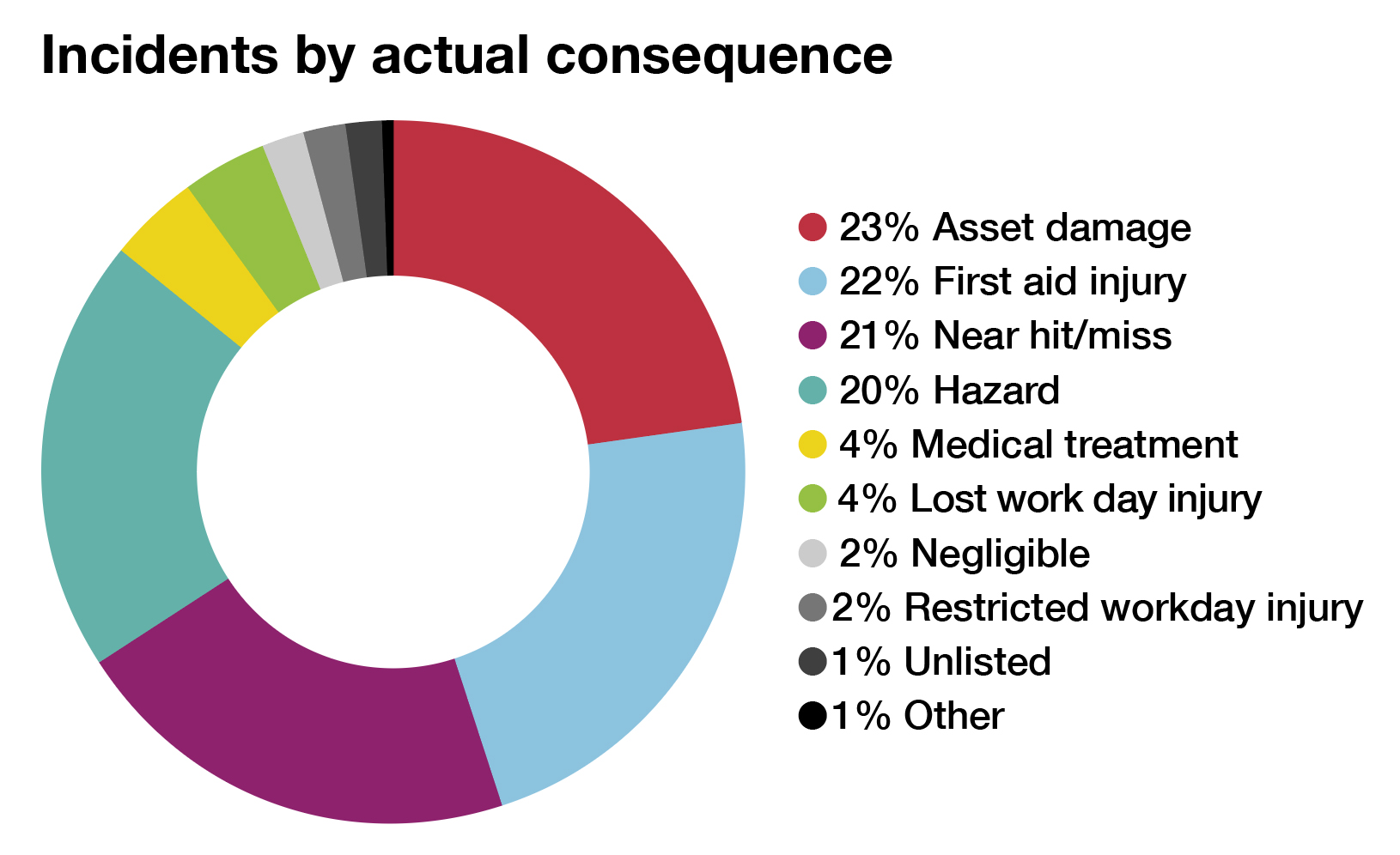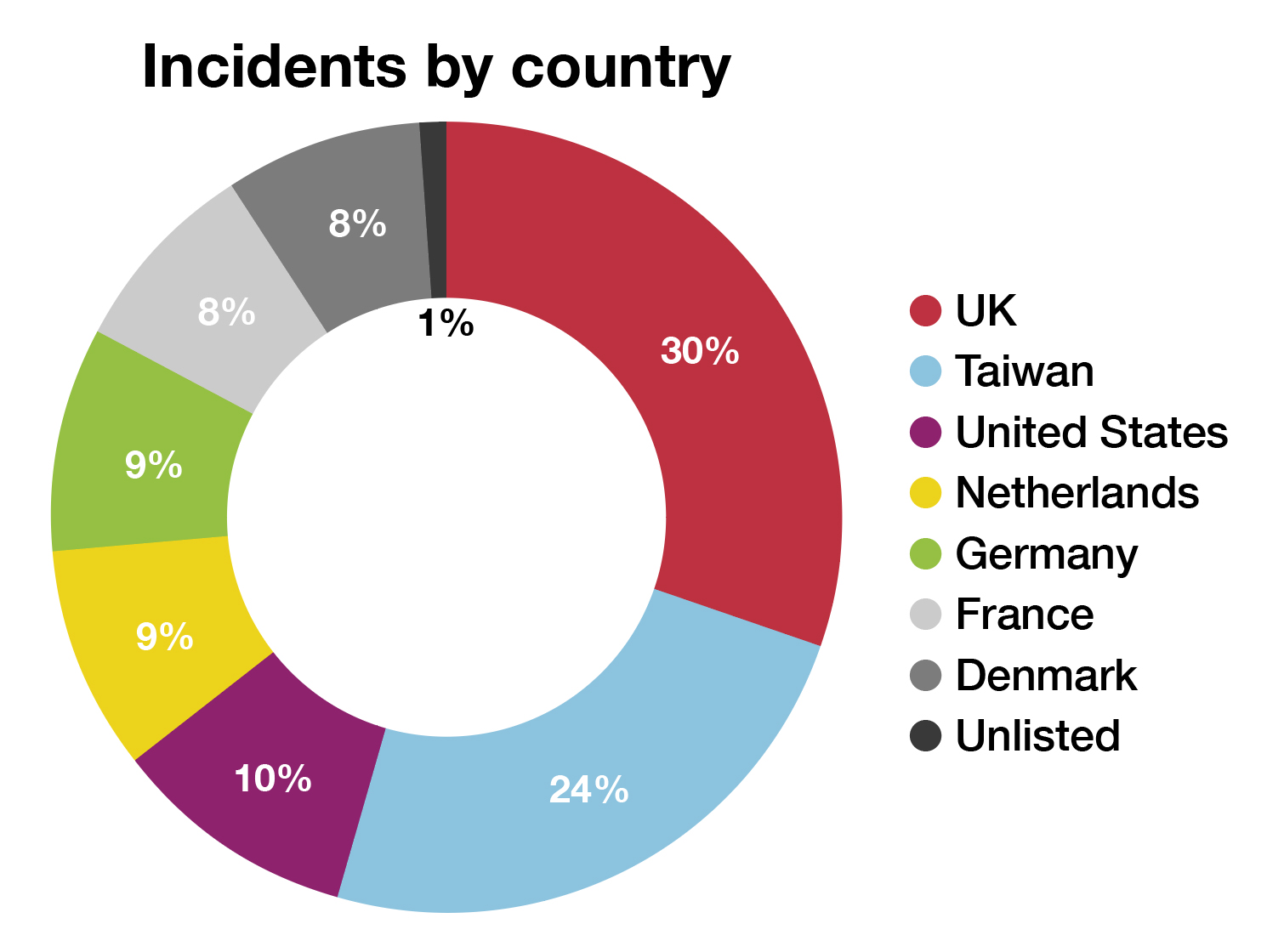
The expansion of wind energy is creating more work for APS members as the spotlight falls on the hazards posed by turbine construction and maintenance.
Government is committed to double onshore wind and quadruple offshore wind by 2030, as a cornerstone of its goal to fully decarbonise electricity by 2030.
That means increasing onshore wind from 15 to 30GW and offshore wind, where the UK is already number one in Europe, from 15 to 60 GW. These are hugely ambitious targets – but success will not just be measured in delivering these projects in a timely fashion but also a safe one.
Safety concerns in the wind energy sector have been an ongoing issue, particularly with the rapid expansion of offshore wind farms.
Trade unions, such as GMB, have consistently called for stricter safety protocols for workers, especially given the hazardous conditions associated with offshore projects. Wind farms, particularly offshore, involve significant risks, including harsh weather, high altitudes and remote locations, making effective safety regulations critical for protecting the workforce.

Mixed picture
New data published in the summer of 2024 by the G+ Global Offshore Wind Health and Safety Organisation, based at the Energy Institute, outlined a mixed picture in its 2023 Incident Data Report as the industry’s operations ramped up.
- Members of G+, comprising the biggest offshore wind operators and wind turbine original equipment manufacturers (OEMs) globally, reported 1,679 incidents in 2023, a 94% increase from 2022, including one fatality.
- Of the 1,679 incidents reported, 1,049 occurred on construction sites, while 560 happened at operating wind farms.
- The top three work processes recording the most incidents were lifting operations (207), vessel operations including jack-ups and barges (169) and routine maintenance (109).

The G+ partly put the increase down to the 17.3 million additional operational hours worked in 2023, as the key safety metrics of Total Recordable Injury Rate (TRIR) and Lost Time Injury Frequency (LTIF) remained broadly steady compared to previous years.
In the past year, G+ members reported a record 61.9 million hours worked, a 39% increase from 2022. The G+ said that that despite the increase in number of incidents overall, the percentage of ‘high potential’ incidents more than halved, falling to 11% of total incidents in 2023.

‘Genuine step change in reporting culture’
Commenting at the time of the report’s publication, G+ chair David Griffiths, the head of health and safety at SSE Renewables, said: “While a headline increase in total recorded incidents is cause for concern, G+ has redoubled its efforts to engage frontline workers and mitigate hazards on site, and I’m pleased to see a genuine step change in the reporting culture across several key metrics.
“Through the G+, global operators and WTG [wind turbine generator] OEMs look to share the experiences we have had to date with the markets that are newer to offshore wind development so that together we can learn and improve health and safety.
“From governments to trade organisations to frontline workers, everybody has a part to play.”

Key figures from the 2023 Incident Data report are:
- 1,679 incidents and injuries were recorded, distributed in the following areas:
- 1,049 on construction sites
- 560 on an operation site
- 67 on a development site
- 3 incidents outside of any site
These incidents include:
- 1 fatality
- 65 lost workday injuries
- 70 medical treatment injuries
- 33 restricted work day injuries
- 31 injuries requiring emergency response
and medical evacuation
The top work processes are:
- 207 incidents during lifting operations
- 169 incidents during vessel operations











